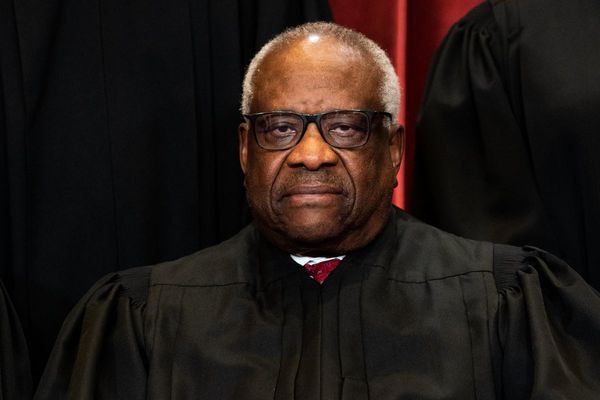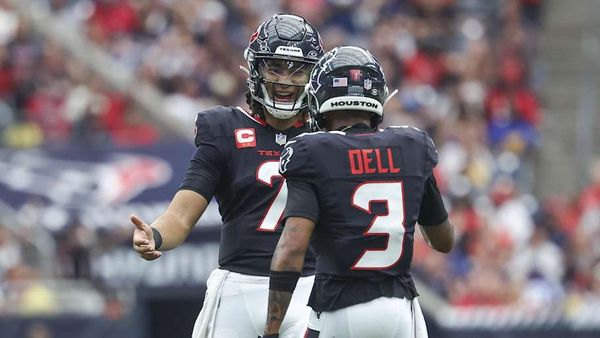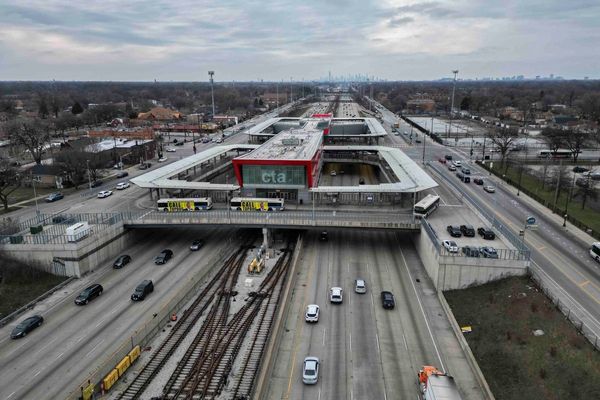
The San Francisco-based regional bank, First Republic, was the third financial institution to declare insolvency in 2023 and the second-largest bank to fail since Washington Mutual collapsed during the Financial Crisis of 2007–2008.
Plagued by many of the same issues that doomed Silicon Valley Bank (SVB) and Signature Bank, not even a united effort by a consortium of the country’s largest banks could save it. In March 2023, U.S. Treasury Secretary Janet Yellen and JPMorgan Chase CEO Jamie Dimon unveiled a plan that called for 11 of the country’s biggest banks to inject at least $1 billion each into First Republic, for a total of $30 billion to support the institution’s liquidity.
Why Did First Republic Bank Fail?
Founded in 1985, First Republic Bank was a niche lender and wealth-management provider. It catered to tech startups on the West Coast, although it had branches in California, Florida, Massachusetts, and New York. It made its IPO in 1986 and operated under the ticker symbol, FRCB.
First Republic had a chorus of reasons behind its collapse:
Too Many Uninsured Deposits
With interests in Silicon Valley startups—several of which focused on apps that dealt with student loans—First Republic had a very high-net-worth customer base. Because of this, in March 2023, two credit ratings agencies, Fitch and S&P Global, downgraded First Republic on mounting concerns that it carried too high a proportion of uninsured deposits.
Its loan-to-deposit ratio was a staggering 111%, which meant that First Republic had loaned out more money than it sat on. This would make the bank especially vulnerable to a bank run, which happens when too many of a bank’s customers lose faith and withdraw their deposits at once.
And that’s just what the company said happened: In its earnings release, First Republic reported that its customers had withdrawn more than $100 billion, or 41% of its total deposits, in the first quarter of 2023, most of which had occurred in March, 2023.
Interest-Rate Risk
Like many other banks, First Republic had tied up its reserves in long-term assets when interest rates were low. That meant trouble in 2023, when the Fed funds rate shot up 5% to quell inflationary pressures because the value of these long-term securities decreased significantly. In the event First Republic would need emergency capital, it would be forced to sell these securities off at fire sale prices, and dig itself into an even deeper hole.
Mindful that interest rate increases were adding more strain to an already volatile post-pandemic situation, the Federal Reserve had announced a new program to help banks in March 2023. Called the Bank Term Funding Program, it offered eligible financial institutions access to one-year funding with attractive terms. However, First Republic reported that it failed to meet collateral requirements to be eligible for this program.
Which Banks Bailed Out First Republic?
Led by JPMorgan Chase, 11 banks offered a total of $30 billion in assistance to try to keep First Republic afloat:
Noble Banks
However, First Republic’s earnings report detailed that despite their largess, the troubled financial institution could not stay afloat.
First Republic was seized by the Federal Deposit Insurance Corporation (FDIC) on April 28, 2023. The FDIC held a “highly competitive” bidding process, ultimately selling the institution to JPMorgan Chase on May 1. This acquisition adds about $200 million to JPMorgan’s $3.2 trillion asset base, making the country’s largest bank an even bigger behemoth.
In addition, CEO Jamie Dimon said JPMorgan will be repaying the $30 billion lifeline.
What Will Happen to First Republic Bank?
When a bank enters receivership, it falls under the control of federal regulators, like the FDIC, which take possession of its assets. Typically, the goal of receivership is to liquidate assets to repay the troubled entity’s creditors. In the case of First Republic Bank, the FDIC has assured the bank’s customers that all deposits will be made whole. However, as shares of FRCB plummeted, shareholders were wiped out and will not be repaid.
Is My Money Safe at First Republic Bank?
According to the FDIC, all 84 branches of First Republic Bank now operate under the JPMorgan brand. All deposits were transferred to JPMorgan, and no depositors lost any money as a result of the closure.
Are Other Banks at Risk?
According to TheStreet’s Luc Olinga, Michael Burry, the hedge fund manager famous for shorting housing stocks shortly before the Financial Crisis of 2007–2008, is betting big on banks—but this time, he’s going long.







